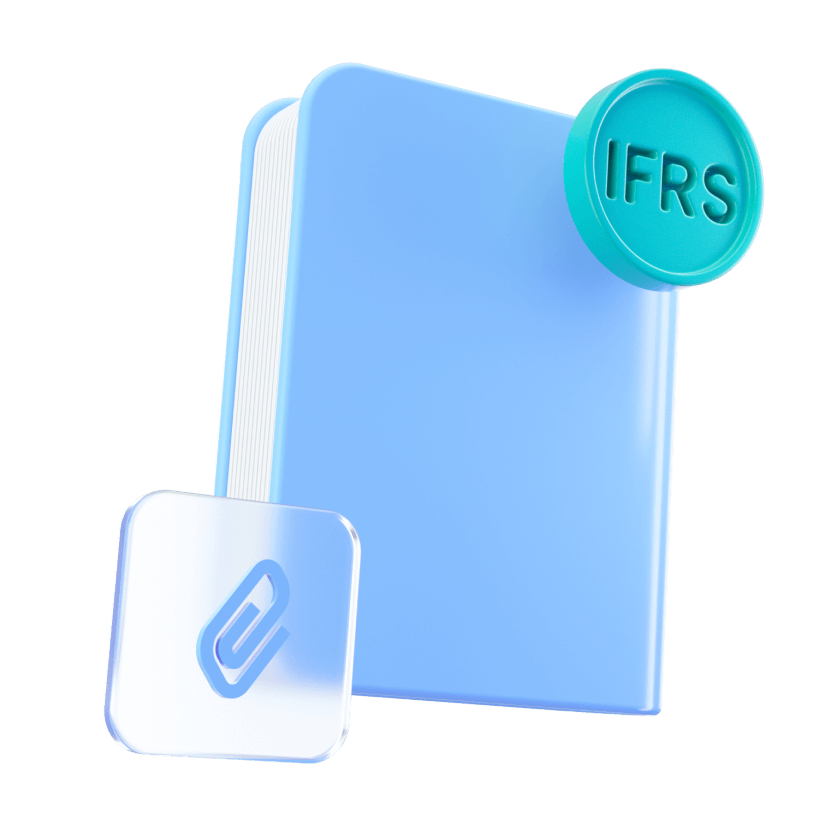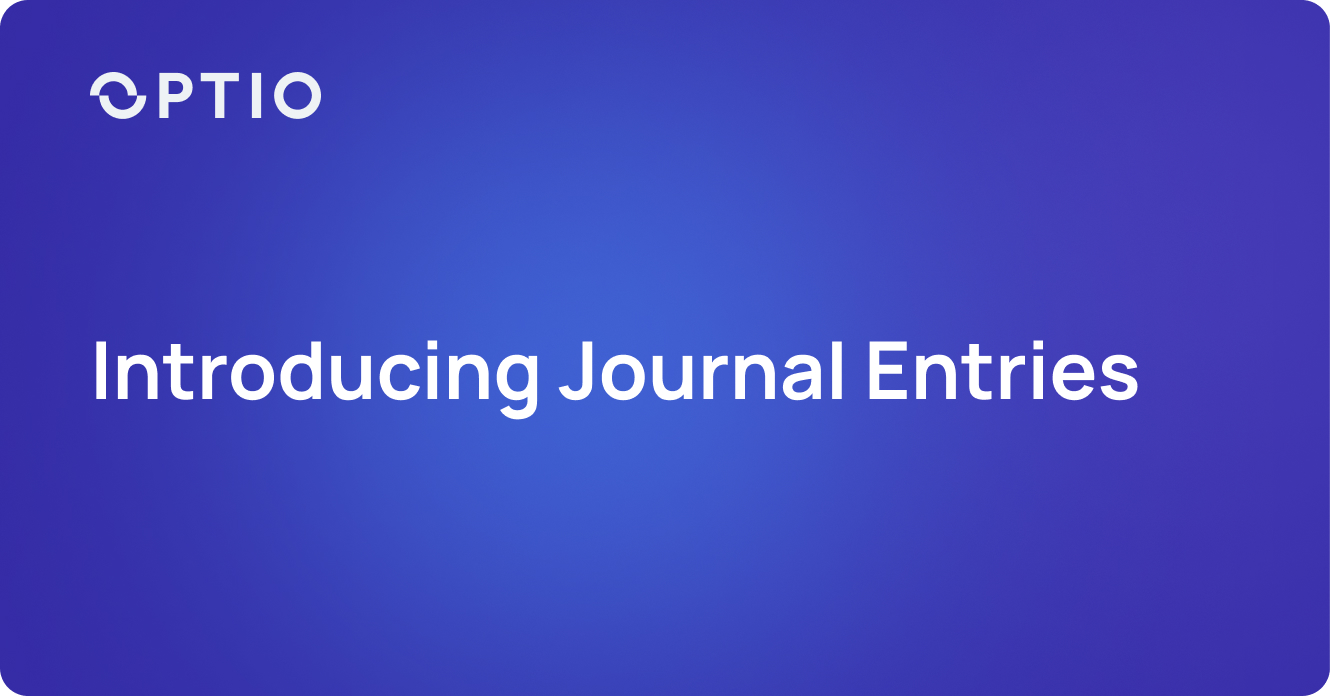Are you required to recognize equity-based payments in line with IFRS2?
Written by Eirik Kalkvik Stenberg
Does your company offer equity-based payment as a part of your employees' compensation package? If so, do you know what accounting rules you should follow?
Not all companies can, or should follow IFRS 2 when recognizing equity-based compensation. Whether you work for a company that has adopted IFRS or is considering it, this article will be useful to you. Understanding IFRS 2 is a critical component of making a business decision. It's important to understand the effects of IFRS 2 on your business, but also whether your employees should be following the same accounting rules.
Who has to follow IFRS 2?
Equity-based payments are employee benefits just like any other type of employee compensation. How and whether a cost should be recognized for this type of compensation mainly depends on the legal jurisdiction of your company and your company size.
For most jurisdictions within Europe, companies must follow IFRS if they are publicly listed. If they are not, they should follow the local GAAP. If you are unsure which rules apply to your specific jurisdiction, you can check out the overview at IFRS.org.
Note that while companies may not be required to apply the full scope of IFRS, some local GAAP may still refer to IFRS 2 as the treatment for equity-based payment. Local GAAPs will also often allow for the application of IFRS 2, even if it’s not required.


Wondering about IFRS?
We can answer your questions in the chat, let us know how we can help.
Benefits of applying IFRS 2 even if you don’t have to
Even if you are currently not required to account for your equity-based instruments in line with IFRS 2, you should still consider to adopt this standard. If e.g. your company grow large enough or are planning to IPO (initial public offering), you may have to adopt the standard and convert from local GAAP to IFRS. Often, this means recognizing a significant cost at the time of transition.
IFRS 1 D2 and D3 concern the first-time adoption of IFRS 2, and state that companies adopting IFRS 2 for the first time are encouraged, but not required, to apply IFRS 2 for awards that are granted and vested before the transition date. Any unvested awards at the time of transition should be accounted for in line with IFRS 2, unless they were granted before 07.11.2002. Note that local GAAPs may further regulate the first-time adoption treatment.
The alternative to IFRS 2 in most jurisdictions is to recognize the equity-based payment award at market value (often referred to as intrinsic value) at the time of settlement.
If you are in the position to choose between these methods you may wonder what the practical differences between them are.
IFRS 2 vs. intrinsic value
It is important to understand that there are benefits and drawbacks of each of these approaches when you are in the position to select an accounting method. Let us look at a classical example where the share has increased by 400% from when an option has been granted:
| Number of options | Strike (share price at grant) | Share price at exercise |
| 10 000 | 5 | 20 |
Exercise occurs at vesting 3 years after grant date
| Period cost year 1 | Period cost year 2 | Period cost year 3 | Total cost | |
| Intrinsic value | 0 | 0 | 150 000* | 150 000 |
| IFRS 2 | 6000 | 6000 | 6000** | 18 000 |
Using intrinsic value
* Number of options x ( share price at exercise – strike ) = 10 000 x ( 20 - 5 )
Using IFRS 2
** Number of options x option value at grant date x earning rate = 10 000 x 1,8 x 1/3
Why is it like this?
Recognizing intrinsic value at settlement is simple to deal with as no action is required until a transaction takes place, and once recognized it is easy to derive the value to recognize. The drawback is that costs will accrue in bulk when transactions occur and what the total cost will be is uncertain until the time of a transaction. For companies that expect a lot of growth (as in the example above), the cost can be huge at the time of settlement.
IFRS 2 can be more complex as you have to conduct valuations and recognize costs over the lifetime of the award. The benefit of this approach is that the total cost is known up-front and the periodized cost is predictable. For growing companies that expect an increasing share price, the IFRS 2 cost will be significantly lower than when recognizing cost using intrinsic value at settlement. In the example above the share price went from 5 to 20, which resulted in a significantly higher cost (150 000) when using intrinsic value at settlement compared to the IFRS 2 cost (18 000).
For those of you that are interested in more details, feel free to continue reading or contact Optio through the contact form at the bottom of this page.
How to calculate the equity-based payment cost using intrinsic value at settlement?
Local GAAPs typically state that costs should be recognized for employee remuneration in the form of equity-based incentives like any other remuneration method. However, this recognition is a bit more complicated than “normal” salary. The benefit is often earned over several years, and the value the company will actually hand over to the employee is uncertain until the time of settlement.
What is the exact point in time when the employee receives the benefit? In this context, it is considered the point when an employee receives the actual share at settlement. Until then an employee has only received a promise of receiving a share in the future and may lose that entitlement if they e.g. leave the company.
The accounting value of this remuneration type is also more uncertain than a fixed cash amount. The value the employee will receive depends on the share price at a future date. When not applying IFRS 2 the valuation method would typically be the net market value of the benefit at the time of settlement. This would be the share price at settlement deducted of the strike price, and for free shares (RSUs) it is simply the share price at exercise. Since the value is first set at the exercise date it is uncertain what the actual remuneration cost will end up to be before the exercise has occurred.
How to calculate costs in line with IFRS 2?
According to IFRS 2, the related share-based payment remuneration cost should be recognized over the lifetime of the award. The remuneration cost will accrue from the grant date until the award is fully earned. The total cost to be recognized is the fair value, as defined in IFRS 2, measured at the time of grant for equity-settled instruments. The fair value measurement method depends on the share-based payment type and its criteria. For options an option pricing model should be used, typically Black-Scholes, which would result in a lower value than the share price for the instrument.
Got It All Down? Let's Take the Next Step Together!
IFRS 2 might seem complex, but with the right guidance, it doesn't have to be a headache. Whether you're taking your first steps or aiming to fine-tune your strategy, Optio is at your service. Reach out for advice that's tailored just for you.
Disclaimer
This article is Optio’s interpretation of the application of the accounting method used for share-based payments. We recommend that the choice of accounting method should be clarified with your auditor.
Like what you’ve read? Subscribe below, and follow us on social media to stay up to date with our blog posts!

